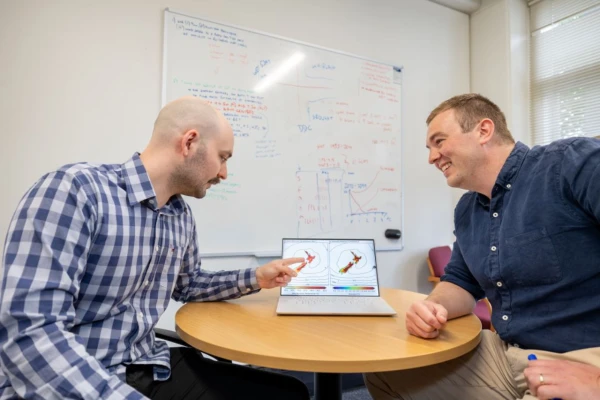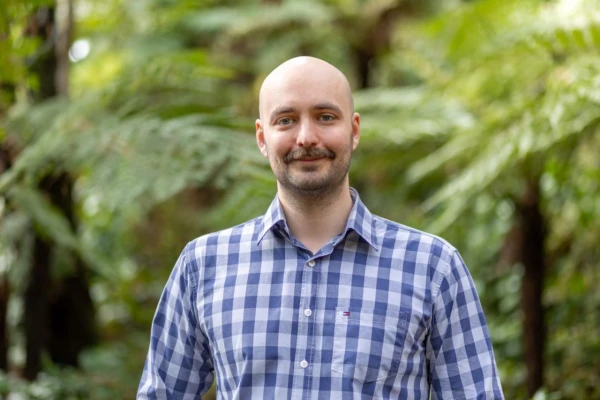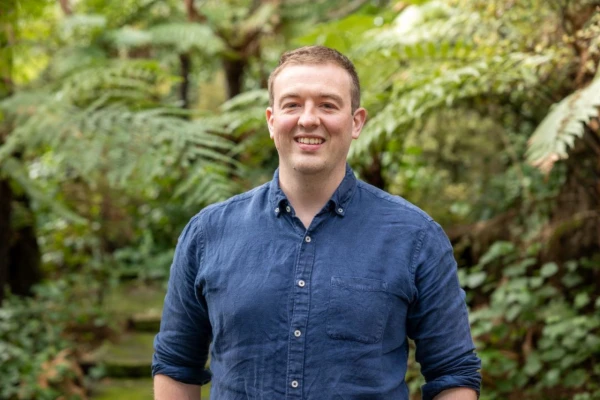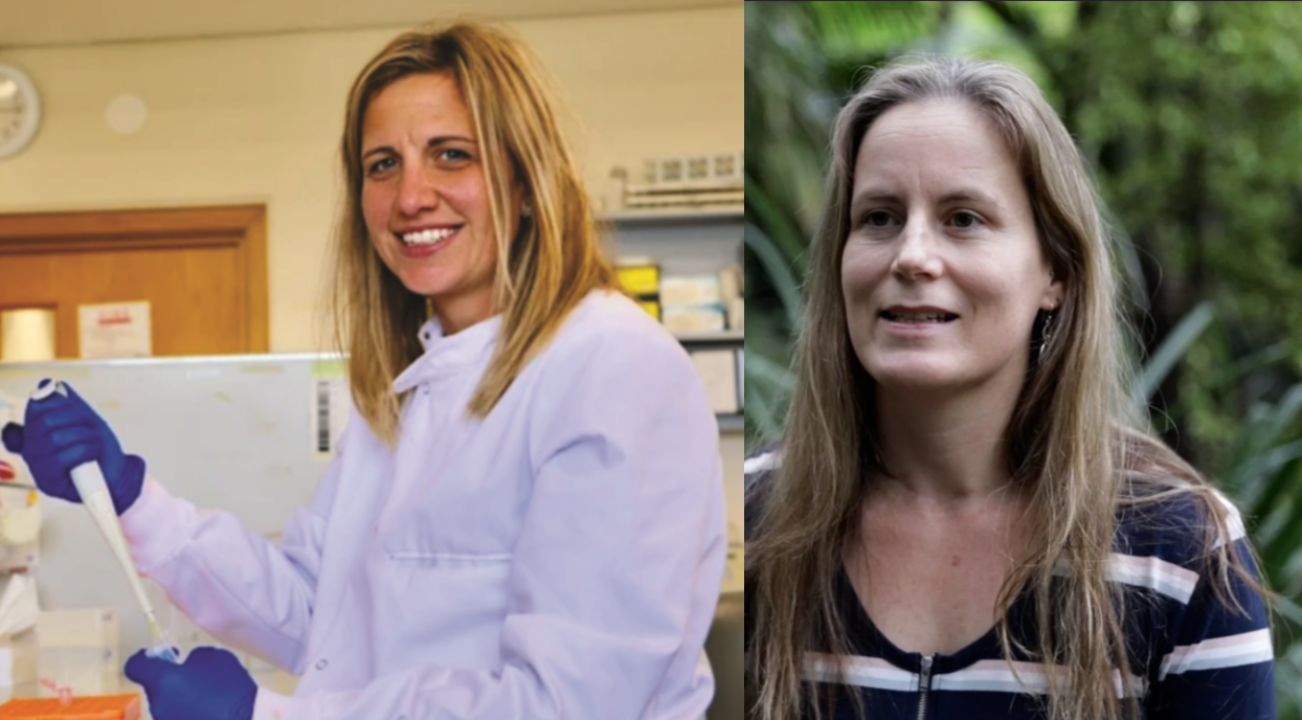New research could help farmers prepare for a future where summer rainfall is increasingly unpredictable and where drought risk is rising, no matter what.
The study led by University of Waikato researchers Hamish Lewis and Dr Luke Harrington reveals a sobering truth: the driest years of today could become the average years of tomorrow.

Hamish Lewis and Dr Luke Harrington used a range of climate models to explore future drought risk.
Funded through the Endeavour Fund’s Smart Ideas programme, Mr Lewis and Dr Harrington used a range of climate models to explore how uncertain rainfall projections interact with rising temperatures to shape future drought risk.
The research comes on the back of other recent findings by the pair along with colleagues from Earth Sciences New Zealand in which they found heatwaves that currently hit once a decade could potentially strike every other summer.
Rather than relying on a single forecast, they examined two plausible futures: one where summertime rainfall increases, and one where it decreases.
“In a wetter future, droughts are not too much worse. The temperature-driven drying of the land when the world heats up because of extra greenhouse gases is offset by the extra rain,” Postdoctoral Research Fellow Mr Lewis explains.

Postdoctoral Research Fellow Hamish Lewis.
“But when the world heats up and you also have less rainfall, drought events can worsen significantly. The average year in the future would resemble the driest summers we see in today’s climate.”
He says this pattern holds across regions from Waikato to Southland despite local climate differences.
“It’s impressive how consistent the signals of change are across the country. This isn’t a case where regions like Southland are off the hook. You can’t simply sell your farm in one area and relocate elsewhere expecting to escape the impact. The risks increase everywhere."
Senior Lecturer in Climate Change Dr Harrington makes it clear that it is “inherently uncertain” which way the future weather could go, hence the two storylines chosen.

Senior Lecturer in Climate Change Dr Luke Harrington.
And it will mean that farmers have a choice.
“They can take a gamble, hope that we have wetter summers in the future, in which case the additional rain will offset the warming-induced risks of more extreme drought.
“Or they can take a pragmatic approach to risk management, and plan for the equally plausible outcome where rainfall does decline in the summer and drought risks increase substantially across the country.”
As Dr Harrington notes, adaptation strategies will vary depending on the farm, but the most effective responses are likely to come from those working on the land day to day.
“Whether it’s planning ahead for supplementary feed during dry spells, improving water storage capacity, or exploring alternative land uses, farmers and growers are best placed to make informed decisions, especially when equipped with clear, practical data.”



